

Articles
How To Tell If Your Mirrors Are Heated?
Modified: January 5, 2024
Learn how to determine if your mirrors are heated with this informative article. Discover the signs and indications to ensure optimal functionality.
(Many of the links in this article redirect to a specific reviewed product. Your purchase of these products through affiliate links helps to generate commission for Storables.com, at no extra cost. Learn more)
Introduction
Welcome to the world of heated mirrors! If you’ve ever wondered whether your car’s mirrors are equipped with this nifty feature, you’ve come to the right place. Heated mirrors can be a game-changer, especially during those colder months when fog and frost wreak havoc on visibility. In this article, we’ll explore the benefits of heated mirrors, how they work, and various ways to determine if your mirrors are equipped with this handy function.
Driving in inclement weather can be challenging, and having clear visibility is crucial for your safety and the safety of others on the road. Heated mirrors offer a solution by eliminating fog, frost, and ice buildup, providing you with a clear view of what’s behind you. They are particularly helpful in regions with colder climates or during winter seasons when visibility is often compromised.
So, how exactly do these heated mirrors work? Heated mirrors are equipped with a heating element, usually made of a thin wire or film, that warms up the mirror’s surface when activated. This heating element is connected to the car’s electrical system and can be controlled through a switch or sensor.
Now, you might be wondering how to tell if your mirrors are heated. While there are various signs and methods to determine if your car’s mirrors have this feature, there are a few common indicators to look out for. In the next section, we’ll delve into these signs and guide you on how to check if your mirrors are heated.
Alternatively, if you’re unsure or can’t find any signs, don’t worry! We’ll also explore some alternative methods to determine if your mirrors are equipped with the built-in heating feature. So, let’s dive in and find out whether your mirrors are heated!
Key Takeaways:
- Heated mirrors offer enhanced visibility, quick defrosting, and improved safety, making driving in challenging weather much easier and safer. They add convenience, longer mirror lifespan, and aesthetic appeal to your vehicle.
- To determine if your vehicle has heated mirrors, look for specific symbols, switches, indicator lights, and rear defrost function. If unsure, consult the owner’s manual, conduct online research, check the manufacturer’s website, or seek professional assistance for accurate information.
Read more: What Are Heated Side Mirrors
Benefits of Heated Mirrors
Heated mirrors offer several advantages that can greatly improve your driving experience, especially in challenging weather conditions. Let’s explore some of the key benefits of having heated mirrors on your vehicle:
- Enhanced Visibility: The primary benefit of heated mirrors is improved visibility. By preventing fog, frost, and ice buildup on the mirror surface, heated mirrors ensure that you have a clear view of what’s behind you, increasing safety on the road.
- Quick Defrosting: During those frosty winter mornings, waiting for your mirrors to defrost can be time-consuming. With heated mirrors, you can say goodbye to scraping ice off your mirrors. The heating element quickly defrosts the mirror surface, saving you precious time and effort.
- Improved Safety: Heated mirrors contribute to overall safety on the road. By eliminating obstructions caused by fog, frost, or ice, you can make better-informed decisions while changing lanes, merging, or reversing, reducing the risk of accidents.
- Convenience: Heated mirrors offer convenience by eliminating the need for manual defrosting or wiping the mirrors constantly. You can enjoy a clear view without any hassle, enhancing your driving experience, especially during cold or rainy weather.
- Longer Mirror Lifespan: The heating element in heated mirrors not only keeps them clear but also helps to prevent damage caused by freezing temperatures. By reducing the likelihood of cracking or shattering, heated mirrors can have a longer lifespan compared to non-heated mirrors.
- Aesthetic Appeal: Aside from their functional benefits, heated mirrors can also add a touch of sophistication to your vehicle. Their sleek appearance enhances the overall look of your car and can be a desirable feature for potential buyers if you decide to sell your vehicle in the future.
In summary, the benefits of heated mirrors include enhanced visibility, quick defrosting, improved safety, convenience, longer mirror lifespan, and aesthetic appeal. Having heated mirrors can significantly improve your driving experience, especially in colder climates or during inclement weather. Now that we understand the advantages of heated mirrors, let’s delve into how they actually work.
How Heated Mirrors Work
Heated mirrors work through a simple yet effective mechanism that ensures fog, frost, and ice are kept at bay. Let’s take a closer look at how heated mirrors function:
1. Heating Element: Heated mirrors are equipped with a heating element, typically made of a thin wire or film, that is integrated into the mirror’s surface. This heating element is connected to the car’s electrical system and can be activated through a switch or sensor.
2. Electrical Connection: The heating element is connected to the car’s electrical system, usually through a dedicated circuit. When activated, the circuit allows electrical current to flow through the heating element, generating heat.
3. Heat Transfer: The heat generated by the heating element is transferred to the mirror’s surface, increasing its temperature. This elevated temperature helps to prevent moisture in the form of fog, frost, or ice from accumulating on the mirror.
4. Automatic Activation: In some vehicles, heated mirrors may be equipped with sensors that automatically activate the heating element when certain conditions are met. For example, if the outside temperature drops below a certain threshold or if the rear defrost function is enabled, the heating element will turn on to keep the mirrors clear.
5. Manual Control: In other cases, the driver has control over the activation of the heated mirrors. This can be done through a switch or button located on the dashboard or mirror housing. By manually activating the heating element, drivers can ensure optimal visibility in challenging weather conditions.
It’s important to note that the heating element warms up the mirror’s surface, not the entire mirror housing. This targeted heating enables efficient defrosting and prevents energy waste.
The heating element in heated mirrors operates on a low voltage, ensuring safety and energy efficiency. This feature allows heated mirrors to be activated for extended periods without draining the car’s battery.
Now that we understand the inner workings of heated mirrors, let’s move on to how you can determine if your vehicle is equipped with this practical feature.
Signs of Heated Mirrors
If you’re unsure whether your vehicle is equipped with heated mirrors, there are several signs you can look out for. While these signs may vary depending on the make and model of your car, here are some common indicators of heated mirrors:
- Symbol or Icon: Some vehicles have a specific symbol or icon on the mirror housing or on the mirror adjustment controls indicating that the mirrors are heated. This symbol is typically an icon representing heat waves or a defrosting symbol.
- Switch or Button: Another common sign is the presence of a switch or button on the dashboard or door panel specifically for activating the heated mirrors. This switch may be labeled “Mirror Heat” or “Mirror Defrost.”
- Indicator Light: When you activate the heated mirrors, there may be an indicator light on the dashboard or on the mirror adjustment controls that illuminates to signify that the heating element is in operation. This light is often amber or orange in color.
- Rear Defrost Indicator: In some vehicles, the heated mirrors may be linked to the rear defrost function. When you activate the rear defrost, the heating element in the mirrors will also turn on, helping to clear any moisture or frost on the mirror surfaces.
- User Manual: If you’re still unsure, referring to your vehicle’s user manual can provide valuable information about the features and specifications of your car, including whether or not it is equipped with heated mirrors.
Remember, it’s important to check both the driver-side and passenger-side mirrors, as they may have separate controls or indicators for the heated feature.
If you find any of these signs or indicators, it’s a good indication that your vehicle is equipped with heated mirrors. However, if you don’t see any direct signs, there are alternative methods you can use to determine if your mirrors are heated, which we’ll discuss in the next section.
Now that you have an idea of what signs to look for, let’s move on to the methods you can use to check if your mirrors are equipped with the convenient heating feature.
If your car has a heated mirror feature, there will be a small icon on the mirror control panel inside the car. You can also test by turning on the rear defroster – if the mirrors clear up, they are heated.
Checking for Heated Mirrors
If you want to confirm whether your vehicle’s mirrors are equipped with the handy heated feature, you can follow these steps to check:
- Visual Inspection: Start by conducting a visual inspection of the mirror housing. Look for any signs of a heating element, such as thin lines or wires integrated into the mirror surface. These heating elements may not be easily visible, especially if they are embedded within the mirror glass.
- Tactile Sensation: Carefully touch the mirror surface (when the vehicle is not in operation and the mirrors are cool) to check for any warmth. Heated mirrors can sometimes feel slightly warm to the touch, indicating that the heating element is in operation.
- Activation Test: If your vehicle has a specific switch or button for the heated mirrors, activate it and observe if there are any changes. Look for an indicator light on the dashboard or mirror adjustment controls that illuminates when the heating element is turned on.
- Decal or Label: Some vehicles may have a decal or label on the mirror surface, indicating that it is equipped with a heating element. This decal can vary in size and design, but it typically mentions “Heated Mirror” or includes a defrosting symbol.
- Professional Assistance: If you are still uncertain after conducting these checks, seeking the assistance of a professional technician or contacting your vehicle’s manufacturer or dealership can provide you with accurate information about your specific car’s features.
It’s important to note that not all vehicles come standard with heated mirrors. Some vehicles may offer them as optional upgrades or as part of a higher trim level. Therefore, if you find that your vehicle doesn’t have heated mirrors, it could simply be due to the specific configuration or model.
Now, let’s move on to alternative methods you can use to determine if your mirrors are heated, in case the visual inspection or tactile sensation doesn’t provide a clear answer.
Remember, always exercise caution when conducting any tests, and if in doubt, consult a professional to ensure accurate information about your vehicle’s features.
Read more: How To Tell If Your Gutters Are Clogged
Alternative Methods to Determine
If you’re still unsure whether your vehicle’s mirrors are equipped with heated functionality after performing the visual inspection and activation tests, you can consider these alternative methods to determine if your mirrors are heated:
- Owner’s Manual: Consult your vehicle’s owner’s manual for detailed information about the features and specifications of your particular car. The manual should mention whether or not heated mirrors are included as a standard or optional feature.
- Online Research: Conducting online research specific to your vehicle’s make and model can provide valuable insights. Look for forums, user groups, or websites that discuss your vehicle and its features. Fellow car owners may share their experiences and knowledge about heated mirrors in your specific make and model.
- Manufacturer’s Website: Visit the official website of your vehicle’s manufacturer. They often provide detailed information about the different trim levels and features offered for each model. Look for your vehicle’s specifications to determine if heated mirrors are included.
- Vehicle Identification Number (VIN) Check: Contact your vehicle’s manufacturer or dealership and provide them with your Vehicle Identification Number (VIN). They can use your VIN to access detailed information about your specific vehicle’s features and options, including whether it is equipped with heated mirrors.
- Ask a Professional: If all else fails, it’s best to consult a professional technician or contact your vehicle’s manufacturer or dealership. These experts have the knowledge and resources to accurately determine if your mirrors are heated and can provide you with the most reliable information.
Keep in mind that heated mirrors may not be available on all vehicle models or may be included as an optional upgrade. Therefore, it’s essential to consider your specific vehicle’s specifications and features.
By utilizing these alternative methods, you can gain more confidence in determining whether your vehicle’s mirrors are equipped with the beneficial heated feature.
Now that we have explored various methods to determine if your mirrors are heated, let’s conclude our article.
Conclusion
Heated mirrors are a fantastic feature that can greatly improve visibility and safety while driving, particularly in colder climates or during inclement weather. In this article, we have discussed the benefits of heated mirrors, how they work, and various ways to determine if your vehicle is equipped with this feature.
We explored the advantages of heated mirrors, such as enhanced visibility, quick defrosting, improved safety, convenience, longer mirror lifespan, and aesthetic appeal. These benefits make driving in challenging weather conditions much easier and safer.
We learned that heated mirrors work by utilizing a heating element integrated into the mirror’s surface. This element is connected to the vehicle’s electrical system and can be activated manually or automatically, preventing fog, frost, and ice buildup.
To determine if your vehicle’s mirrors are heated, we looked at several signs and indicators, such as specific symbols or icons, switches or buttons, indicator lights, and their connection to the rear defrost function. We also discussed alternative methods, including referencing the owner’s manual, online research, checking the manufacturer’s website, using the vehicle identification number (VIN), and consulting professionals.
While it is important to note that not all vehicles come standard with heated mirrors, taking the time to explore these signs and alternative methods will help you determine if your vehicle is equipped with this useful feature.
Remember, if you’re still unsure, it is always best to consult a professional technician or the vehicle manufacturer for accurate information tailored to your specific car.
We hope this article has provided you with valuable insights into heated mirrors and how to determine if your vehicle has them. Whether you’re driving through snow, rain, or fog, heated mirrors can help you maintain clarity and visibility, ensuring a safer and more enjoyable driving experience.
So, the next time you’re on the road during chilly weather, rest assured knowing that your heated mirrors will help keep your view clear and your journey smooth. Stay safe and enjoy the benefits of heated mirrors!
Frequently Asked Questions about How To Tell If Your Mirrors Are Heated?
Was this page helpful?
At Storables.com, we guarantee accurate and reliable information. Our content, validated by Expert Board Contributors, is crafted following stringent Editorial Policies. We're committed to providing you with well-researched, expert-backed insights for all your informational needs.
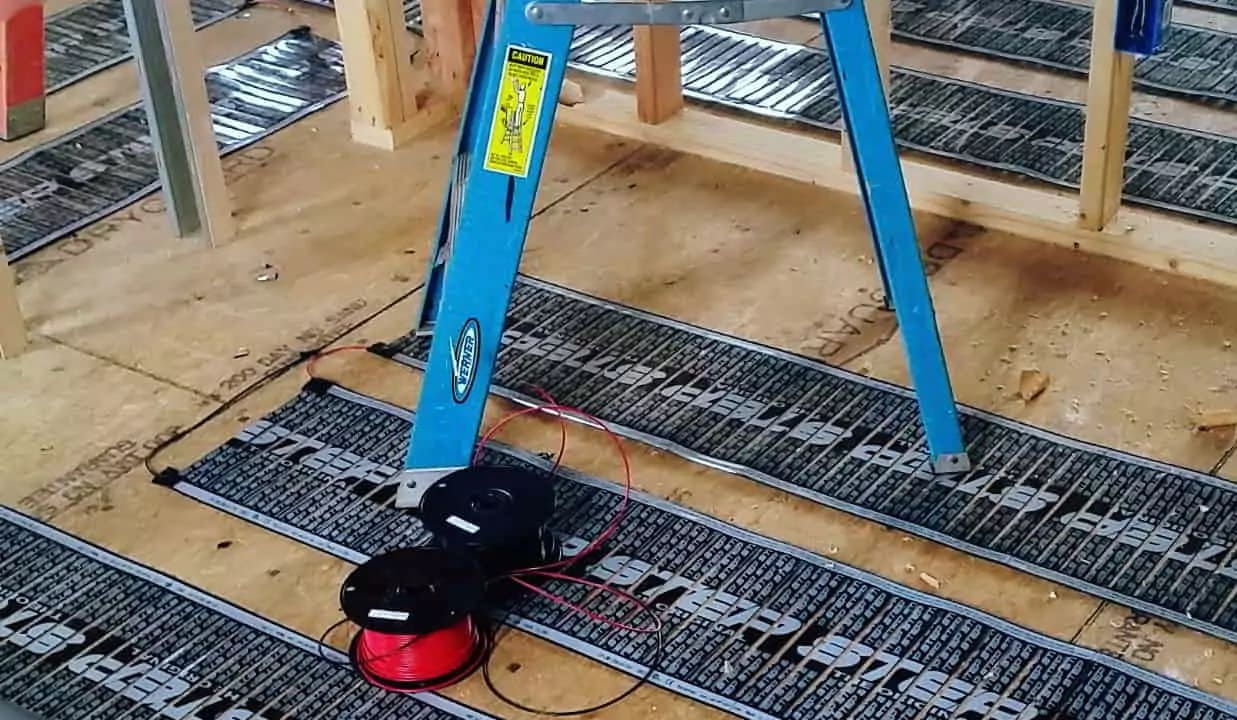


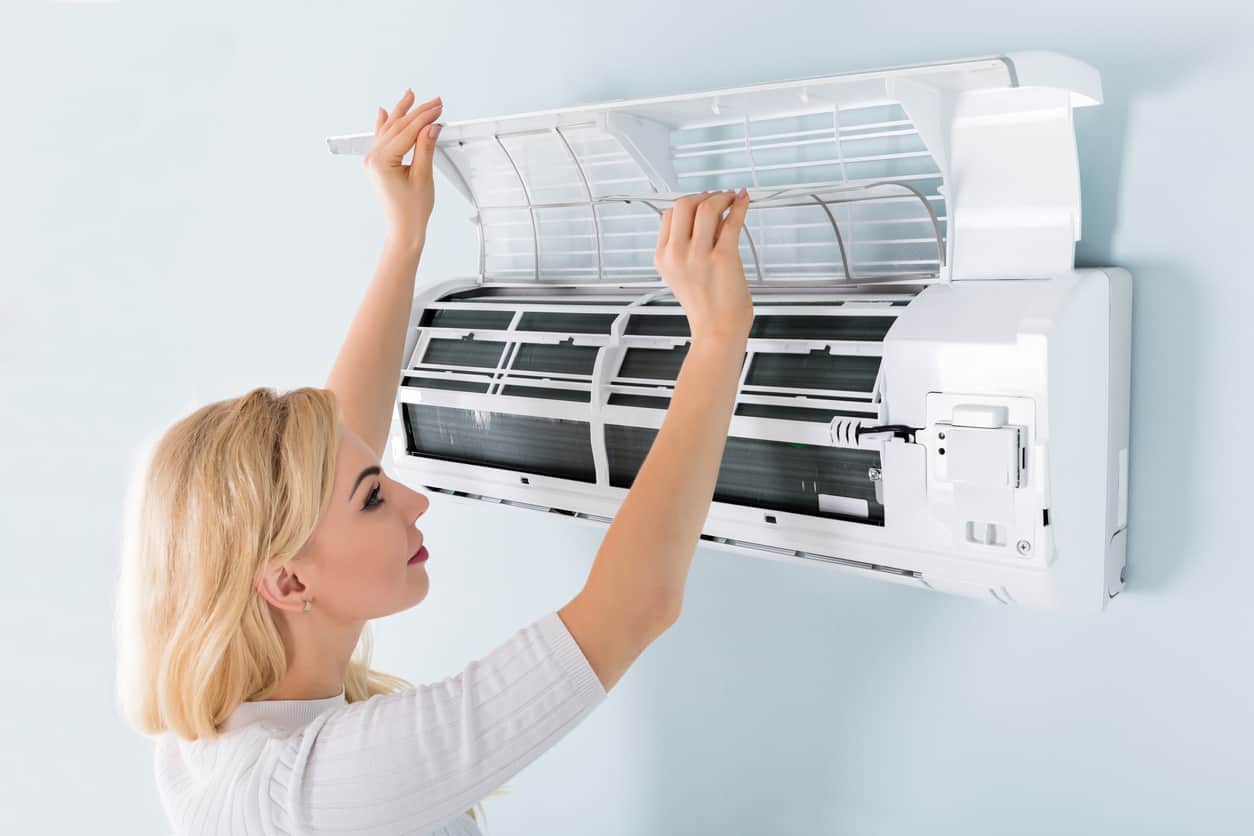
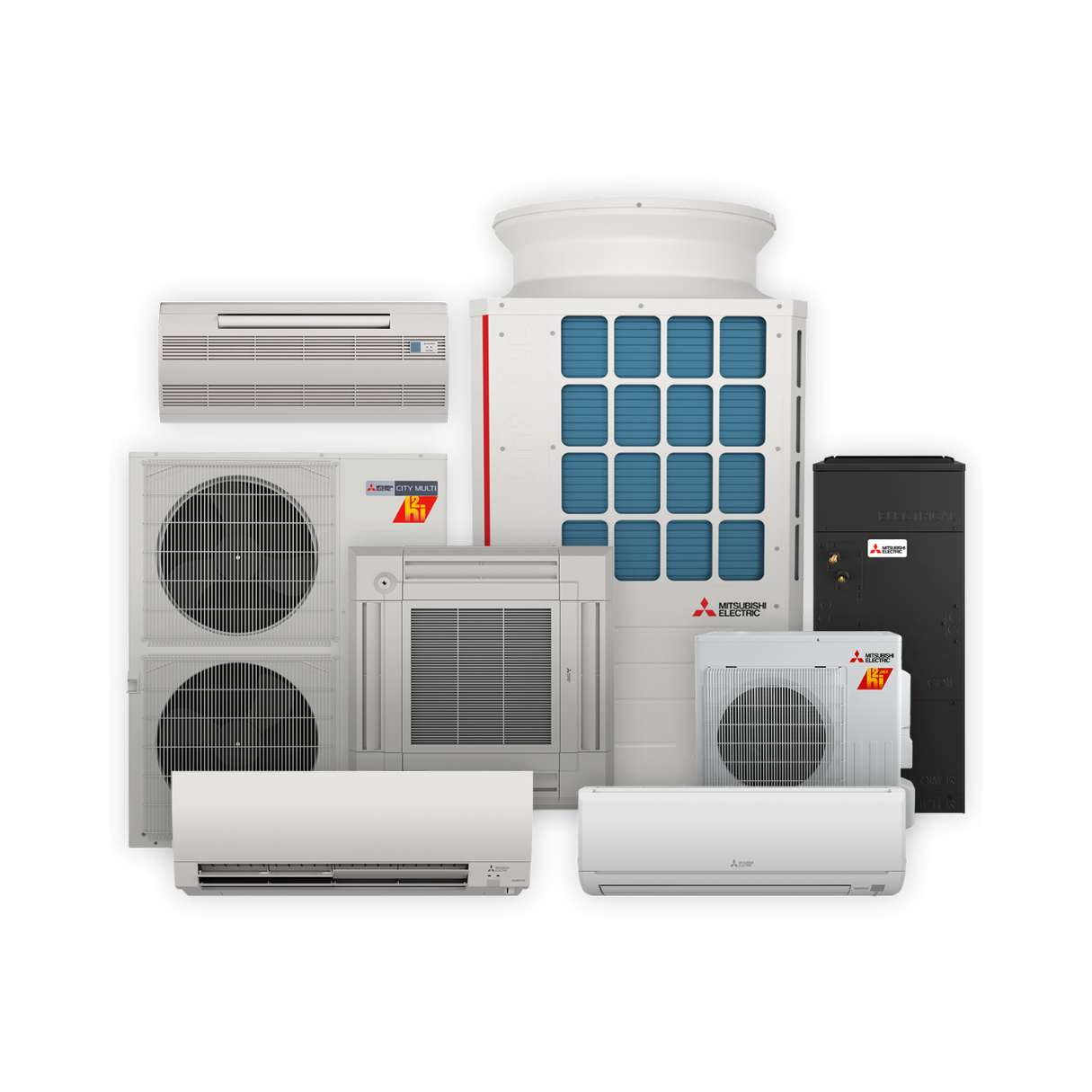
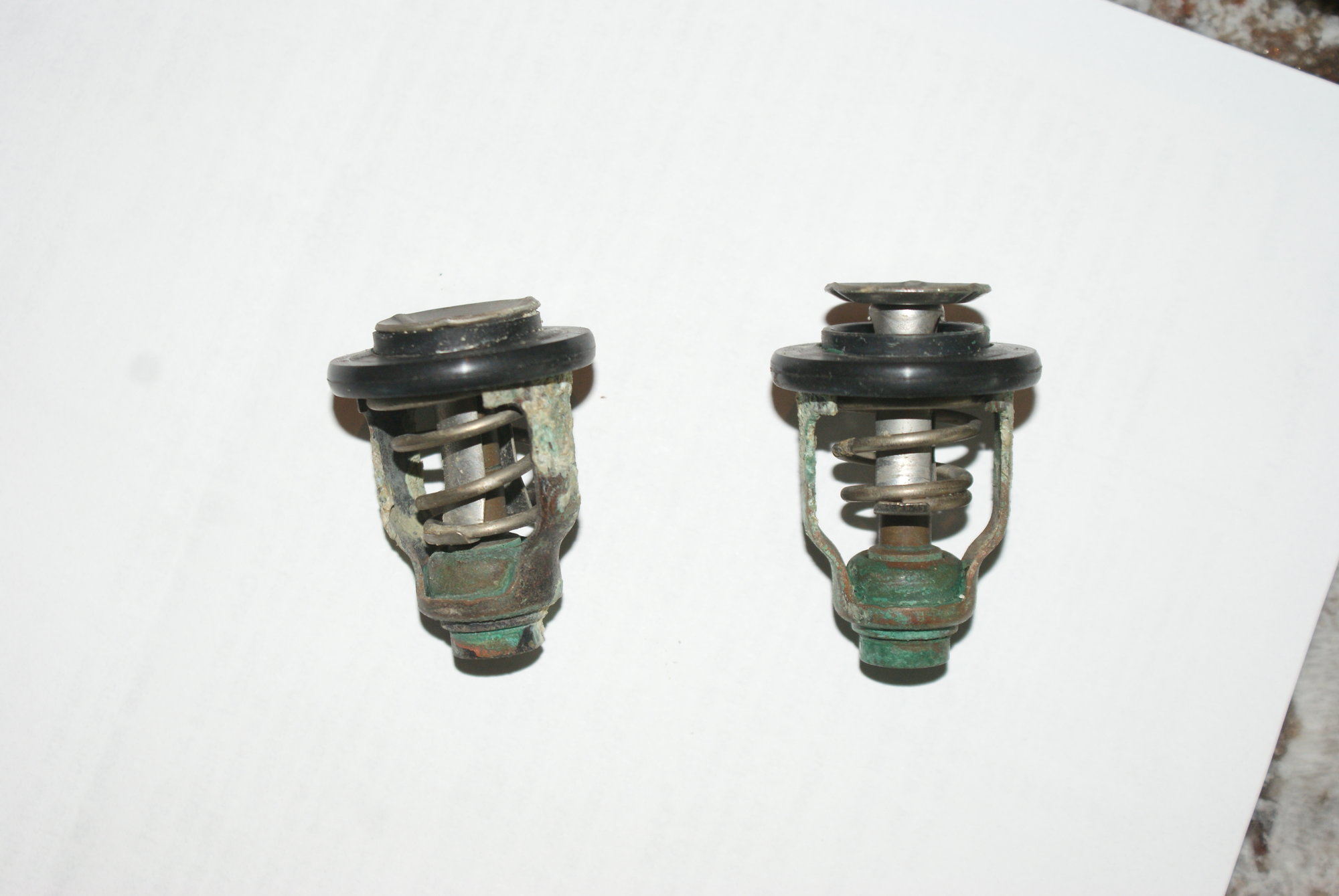


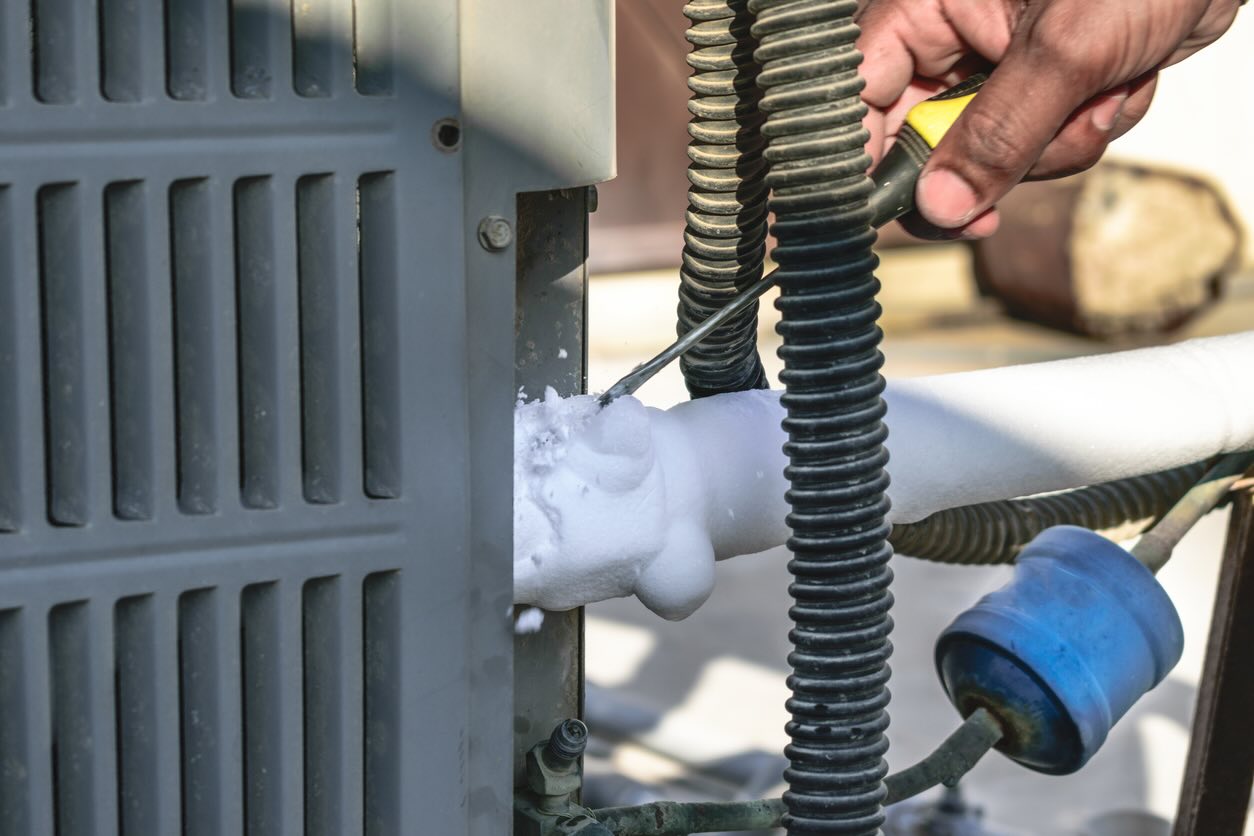
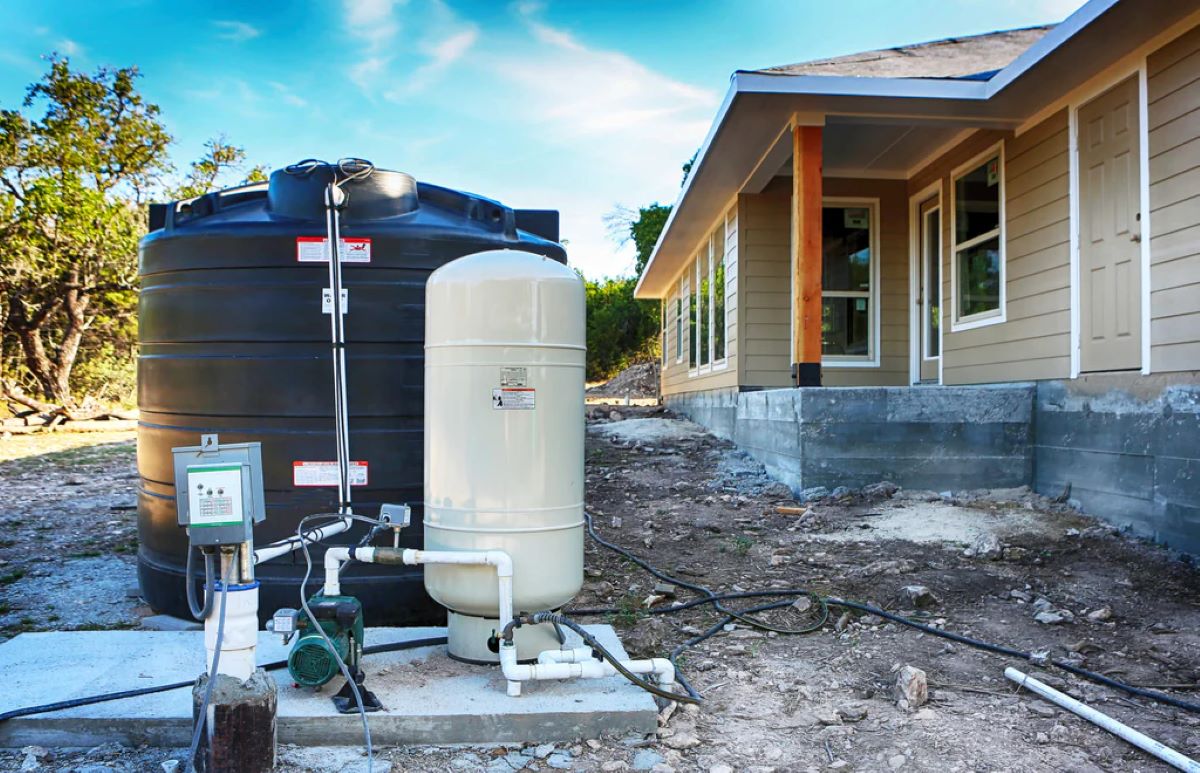


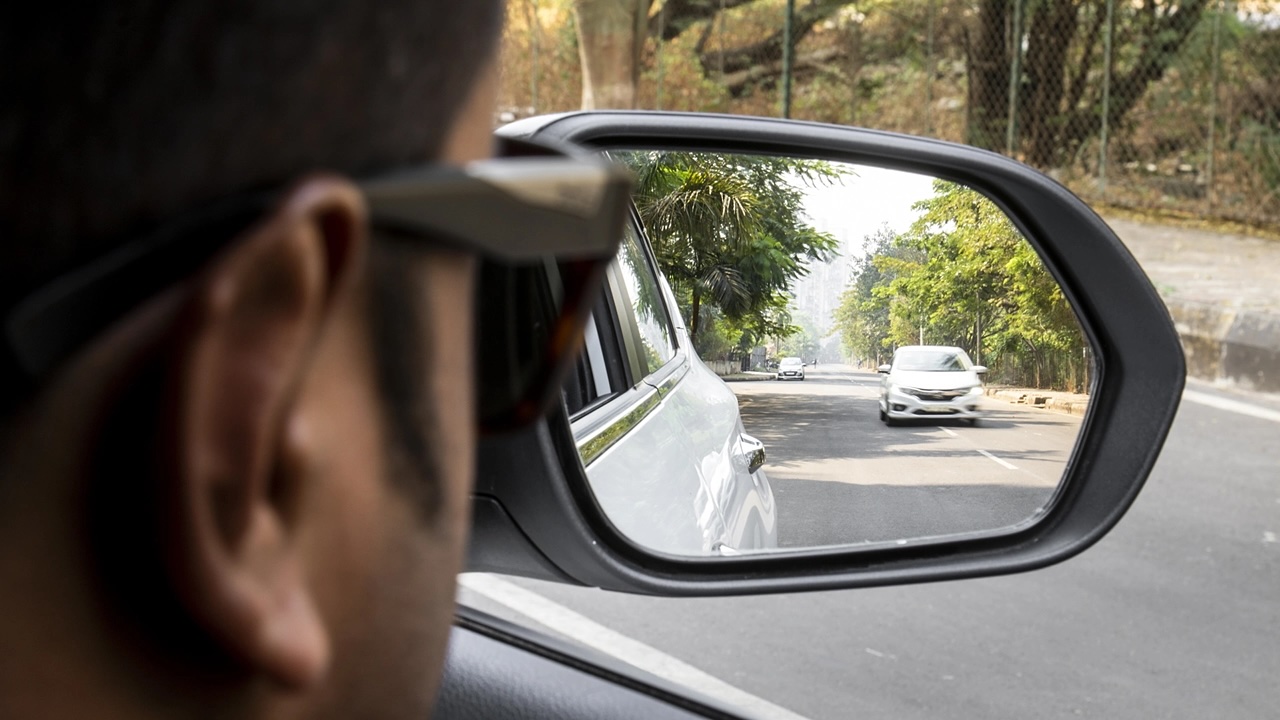


0 thoughts on “How To Tell If Your Mirrors Are Heated?”